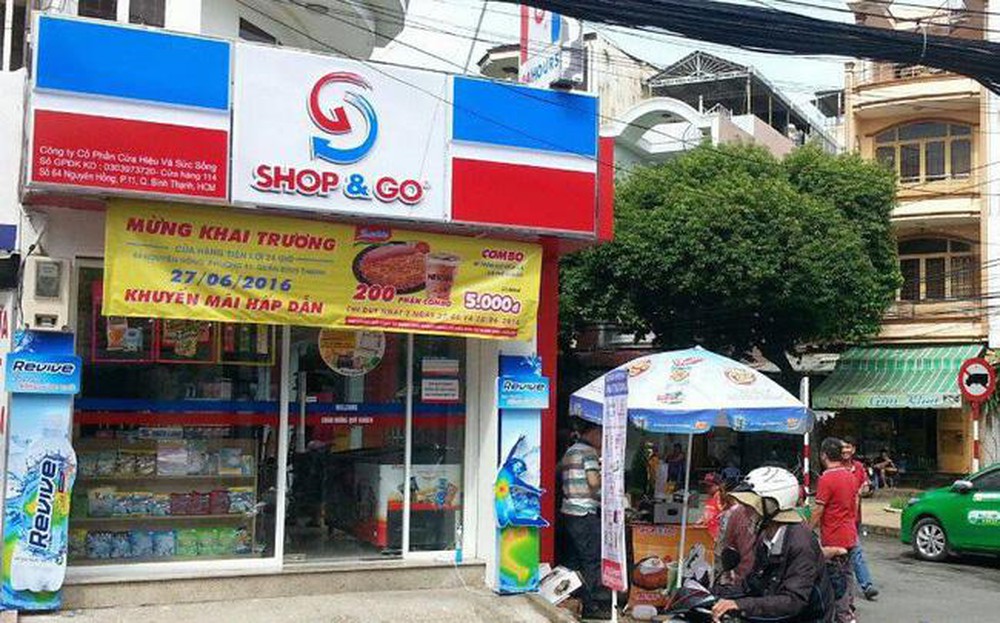Players like Shop&Go, Robins and Auchan are financially weak or unclear about consumers’ fast changing shopping habits will leave sooner or later.
Meanwhile, other retailers such as Aeon, Central Group, E-mart and convenience store chains like MiniStop, Family Mart, 7-Eleven, GS25 have expanded their networks. In 2016, Vietnam’s retail sales totaled some US$118 billion, an increase of 10.2% over 2015.
This figure reached a milestone of $130 billion in 2017, up 10.9% year-on-year. One year later, the total revenue of this market almost reached $150 billion, a 12.4% riseyear-on-year.

In Jan-Apr 2019, Vietnam’s retail sales are estimated at more than VND1.2 million billion, up 13.2% over the same period in 2018, which is a record high growth rate, according to the General Statistics Office.
The retail market is still considered to have great potential. Therefore, the shutdown or withdrawal of some foreign retailers from the local market is ascribed to inappropriate business models, limited financial capability, or the hesitation in increasing their investment as the competition in this market is increasingly intense.
Traditional supermarkets, or standalone supermarkets, have grown very well in big cities and some provinces. Nonetheless, for three years now, this model has proved to be inappropriate.
For example, Thailand’s TCC Group enters the Vietnamese market without bringing along a supermarket model like Co.opmart or Auchan, but focuses instead only on developing the wholesale business similar to that of Metro Cash & Carry (now MM Mega Market).
The fact that the 24-hour convenience store chain Shop & Go has staged exit from the Vietnamese market after more than 10 years of development may prompt some to think this market segment is now in trouble. However, industry experts and market researchers have argued that the convenience store model is still growing healthily and their room for growth remains vast.
Businesskorea quotes GS Retail, owner of the Korean convenience store chain GS25, as saying that they have chosen Vietnam because of the potential of her economy and consumers aged 35 or under making up 57% of the population.
The new convenience store chains are also able to meet consumer needs by providing free Wi-Fi and space for shoppers to dine on the spot, selling both lunch and dinner, and making a difference with their own food and drinks.
To reduce prices, convenience store operators must ensure that the number of outlets is large enough, at least 200 outlets according to experts, so as to reach the break-even point and start making a profit.
MiniStop, for example, says they must set up at least 300 stores to ensure a stable profit margin. It takes them at least from five to six years to reach the payback period. Meanwhile, all Shop & Go stores were small, which made it difficult to expand the space to provide on-site services.
At the time the withdrawal was announced, the Shop & Go network included only 87 outlets.
Regarding convenience stores, the more outlets you open, the greater the losses you incur, says a manager of a retail business in HCMC.
However, this does not discourage insiders from fighting for a prime site and expanding their networks because they believe this market segment will develop and gradually replace traditional grocery stores.
Therefore, those who manage to survive will enjoy good fruits. Otherwise, they will have to give way to superior rivals.

















